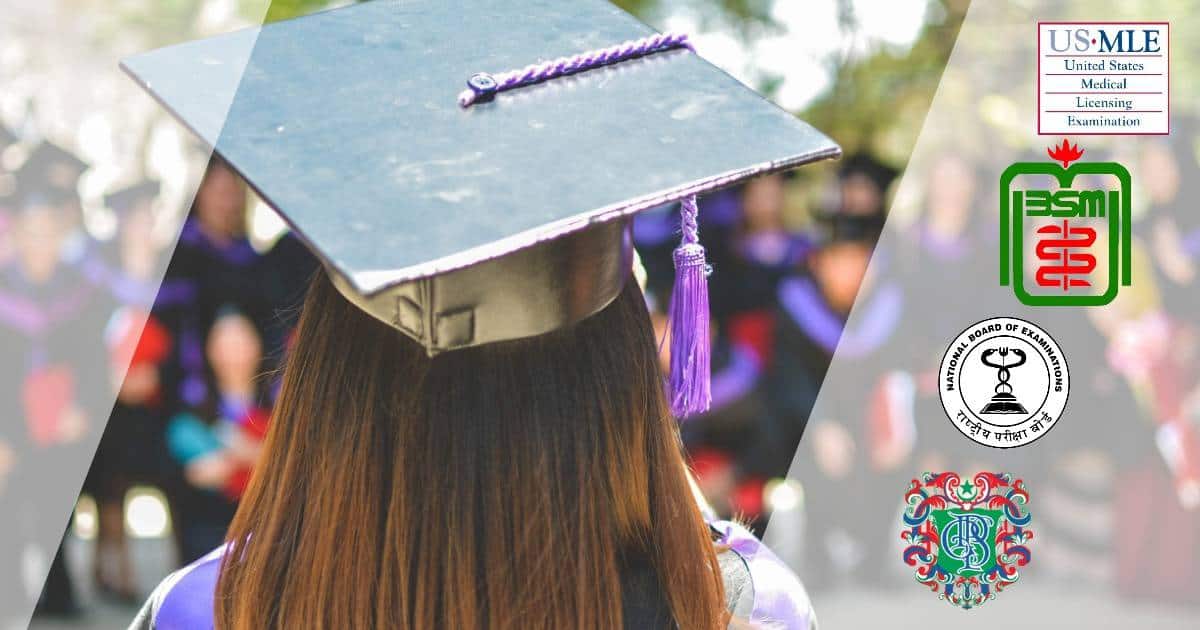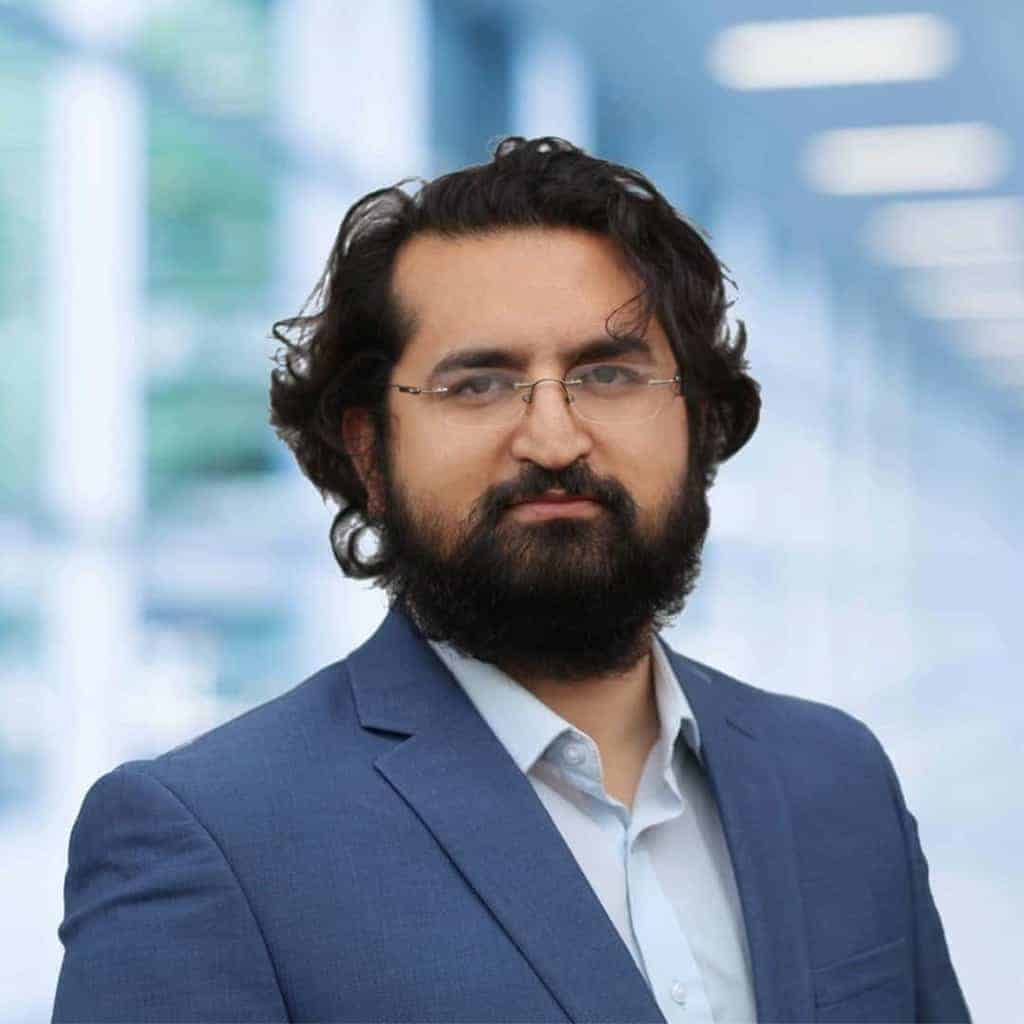Post-graduation at home and abroad

Post-graduation is a long and diverse road for a doctor. It’s a lot to think about after you’ve finished your primary medical qualification. The lack of knowledge about the whole path ahead of you may land you in a situation where you tell yourself you could’ve done it differently.
Let’s get to the point.
Details of entry routes of doctors of different levels of the healthcare system in the UK has been discussed here, Post-graduation Pathways in the UK.
I will discuss the post-graduation options and different training structures in countries like the USA, Bangladesh, India, and Pakistan in this post.
Career Progression in the USA
After high school, a US graduate has to go through years of undergraduate and medical school to get into residency. An IMG will also have to prove themselves equal in that aspect. That’s why an IMG has to go through the steps of USMLE (at least Step 1, Step 2 CK; Step 3 can be taken later on after PGY-1 or before getting into residency). There are now six pathways with the USMLE to obtain ECFMG verification.
After finishing the Steps, you apply for the Match, which is the competitive process where you apply for residency programs and wait to hear back. Then you enter into residency training which spans from 3-7 years depending on the specialty. Here, the 1st year resident (PGY-1) is like the internship. After PGY-1, you take USMLE Step 3 and finish rest of the residency.
To get a better understanding how USMLE fares against PLAB/UKMLA or MRCP, please have a look here, PLAB vs MRCP: What do you need to know
At this stage, you can get board certification upon passing the certification exam and start practicing as Primary Care Physician (GP), or do further specialization by getting into fellowship training (1-3 years). After completing that too, you will have to be board certified (i.e. pass board certification exam) to practice at that level.
After specialization, there are options of continuing medical education in the field of academic or research career.
Career Progression in Bangladesh
Unlike all other countries, the post-graduation is not linear in Bangladesh. At the same time, your course in a residency can count towards your training for the fellowship training.
After obtaining MBBS, one year internship training makes graduates eligible for full BM&DC registration.
Broadly, there are two main institutions who maintain postgraduate training and education for doctors in Bangladesh:
- Bangabandhu Sheikh Mujib Medical University (BSMMU)
- Bangladesh College of Physicians and Surgeons (BCPS)
BSMMU (own courses) and affiliated institutions run both residency and non-residency MD / MS courses in various faculties ranging from 3-5 years depending on the specialty. There are entry exams to get into the courses and generally all are divided into two parts, Phase A and Phase B.
Along with it many affiliated institutions also run a variety of Diploma and M Phil courses which run for usually 2 years duration.
On the other hand, Bangladesh College of Physicians and Surgeons offer Fellowship (FCPS) in 22 General Subjects and 25 specialized subjects and Membership (MCPS) in 16 subjects.
FCPS Part-I is an open examination, it can be taken after completing internship training. Then you get into any accredited institution to start your training and register yourself with BCPS as a trainee. After completing two years there, Preliminary FCPS Part-II can be taken. But the final FCPS Part-II can only be taken after successful completion of 3 or 4 years of training and successful dissertation/thesis.
As I’ve stated earlier the fellowship training and course can run along the same time or one adds into another, the complexity of training structure is beyond the scope of this post. If you want to know further, have a look at the latest Eligibility Criteria for Fellowship and Membership Examinations by BCPS to understand it further.
Career Progression in India
After obtaining MBBS, compulsory rotatory internship makes you eligible for a very competitive PG Entrance exam. Post graduate training runs for 3 years. The degree differs according to awarding bodies.
College of Physicians and Surgeons Mumbai runs a Fellowship (FCPS) which involves 3 years of training. MD/MS are run by different medical universities and National Board of examinations awards DNB. These are 3 years of post-graduate training. Also, post-graduate diploma for 2 years can also be done from different universities in various specialties.
After successful completion of post graduation, again there is another competitive super-specialization entrance exam. The super-specialization training runs for 3 years. That ends with a DM or MCh degree.
Also, post-doctoral fellowship for 1 year also can be done after super-specialization training.
Career Progression in Pakistan
The post-graduate training in Pakistan mainly runs around the College of Physicians and Surgeons Pakistan (CPSP). After obtaining MBBS degree, one year of house job gets you full PMDC registration.
After that, you can obtain your first fellowship in 46 different specialties after completing 4-5 years of training in any CPSP accredited medical institution. This will also require you to pass the FCPS-I (which is open), Intermediate Module (IMM) exam, which is after completion of 2 years of training, and finally the FCPS exam upon completion of training.
After the first fellowship, you can do your second fellowship in 28 specialties upon completion of 2-3 years of training and passing FCPS exam in the end.
CPSP also provides Membership (MCPS) in 22 specialties which requires successful 2 years of training and passing the MCPS examination.
MD/MS in Pakistan is also provided by various medical universities.
Career Progression in the UK
This is detailed in this article - Post Graduation Pathways in the UK for IMGs
Disclaimer: The information obtained here is from different articles, books, and some personal experience. If there is any mistake or misinformation, our apologies. Please let us know in the comments.
Hope this will help to compare the different routes for doctors in different countries. Good luck to you all!

